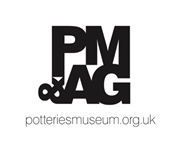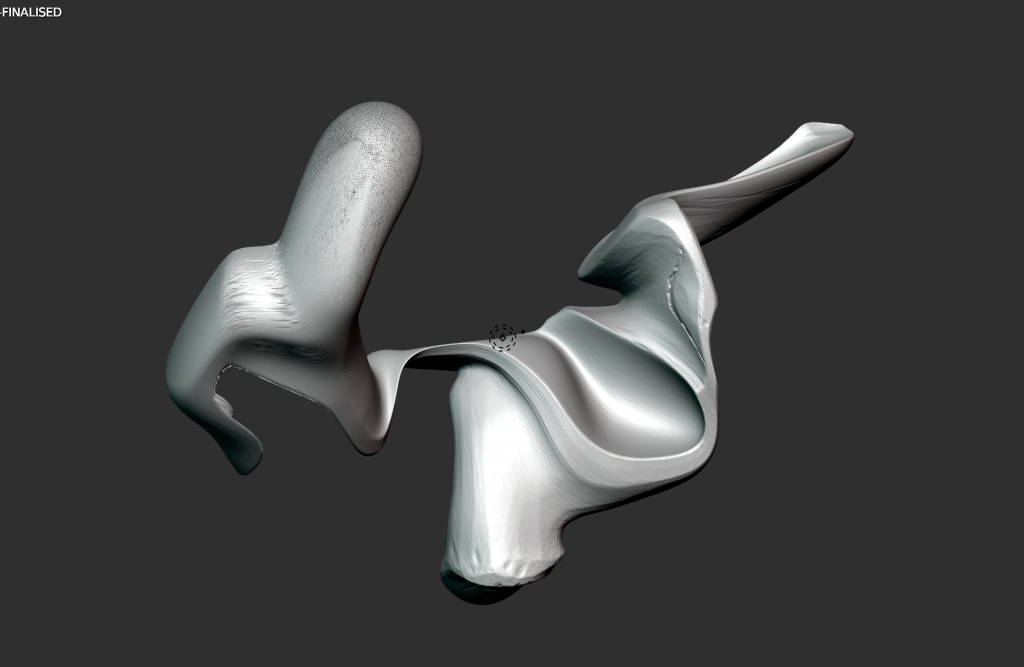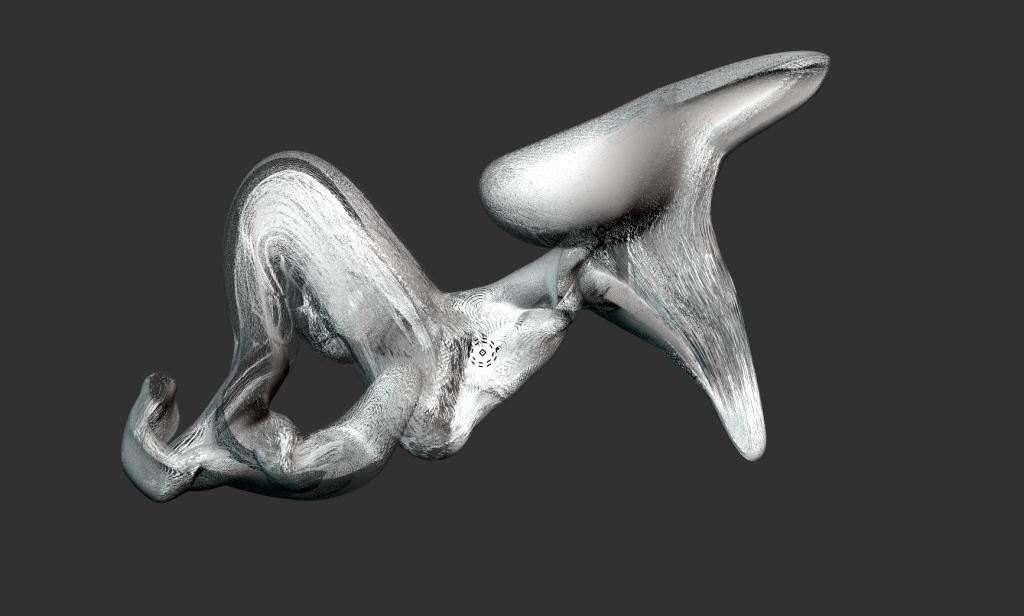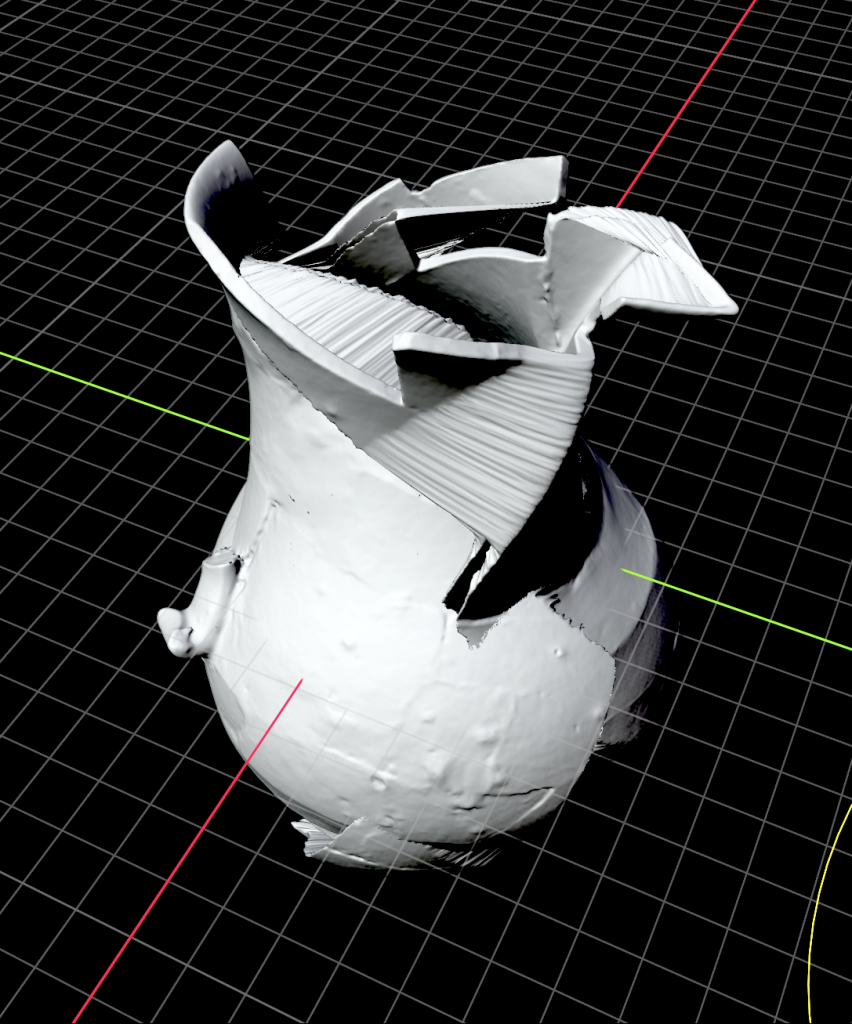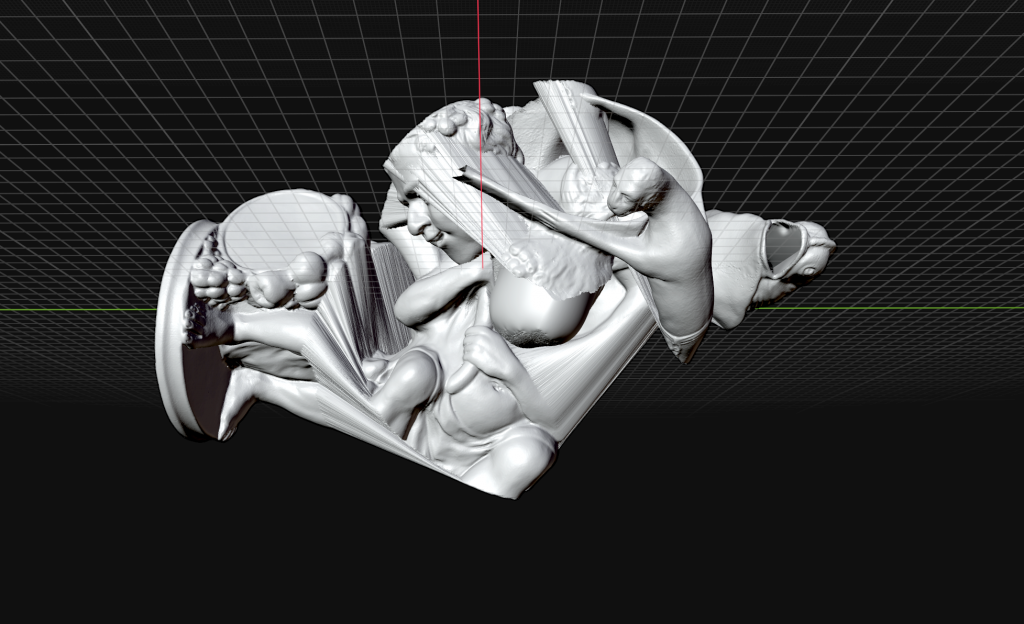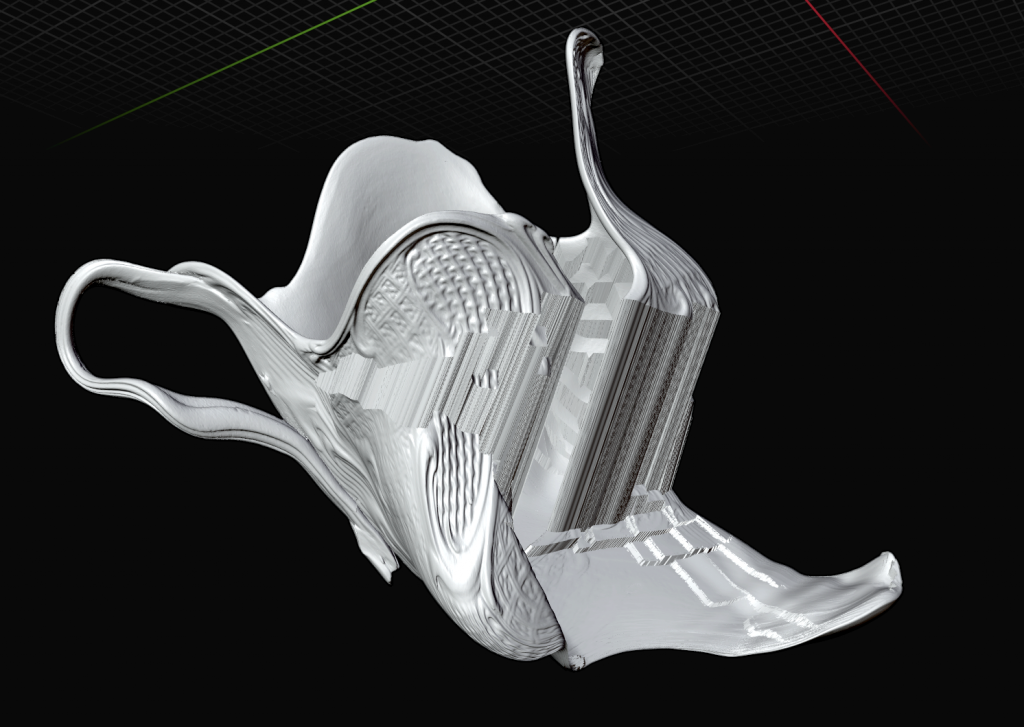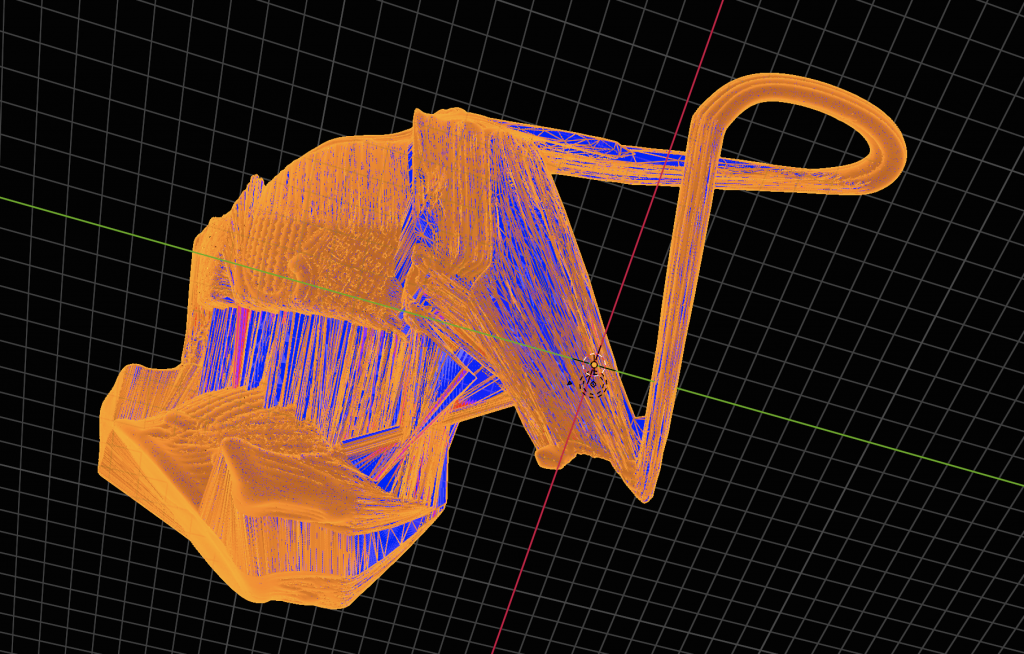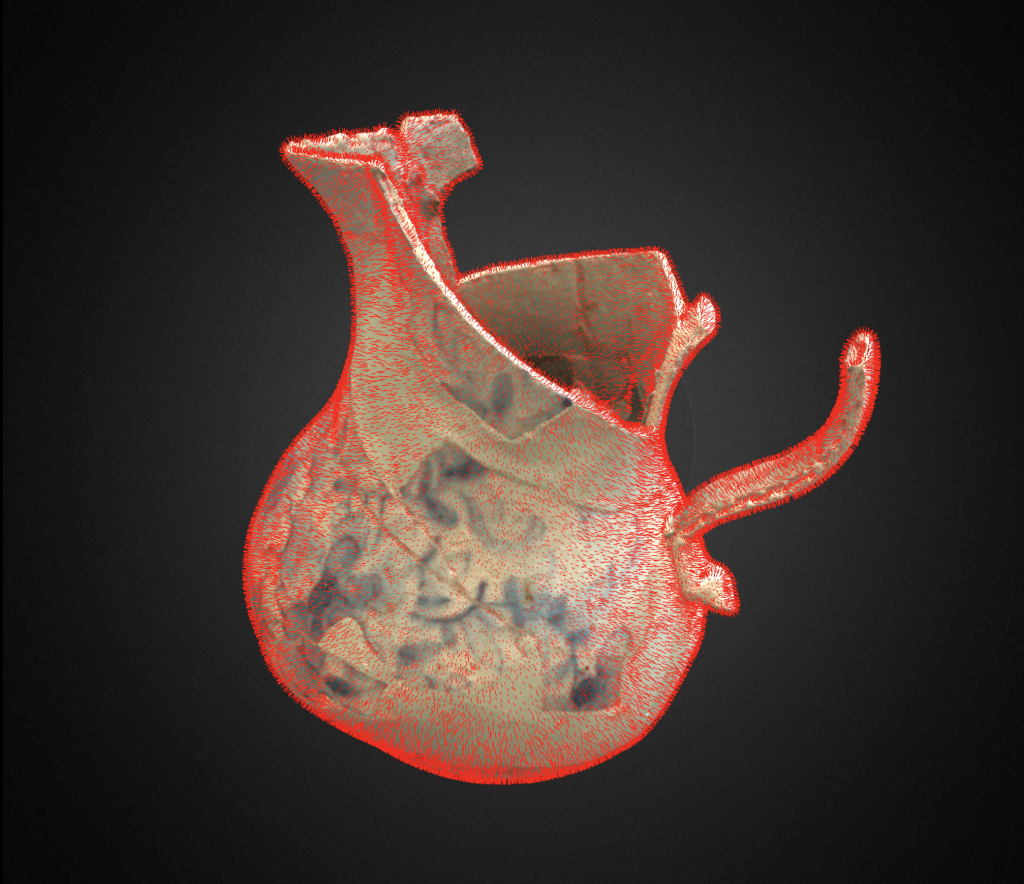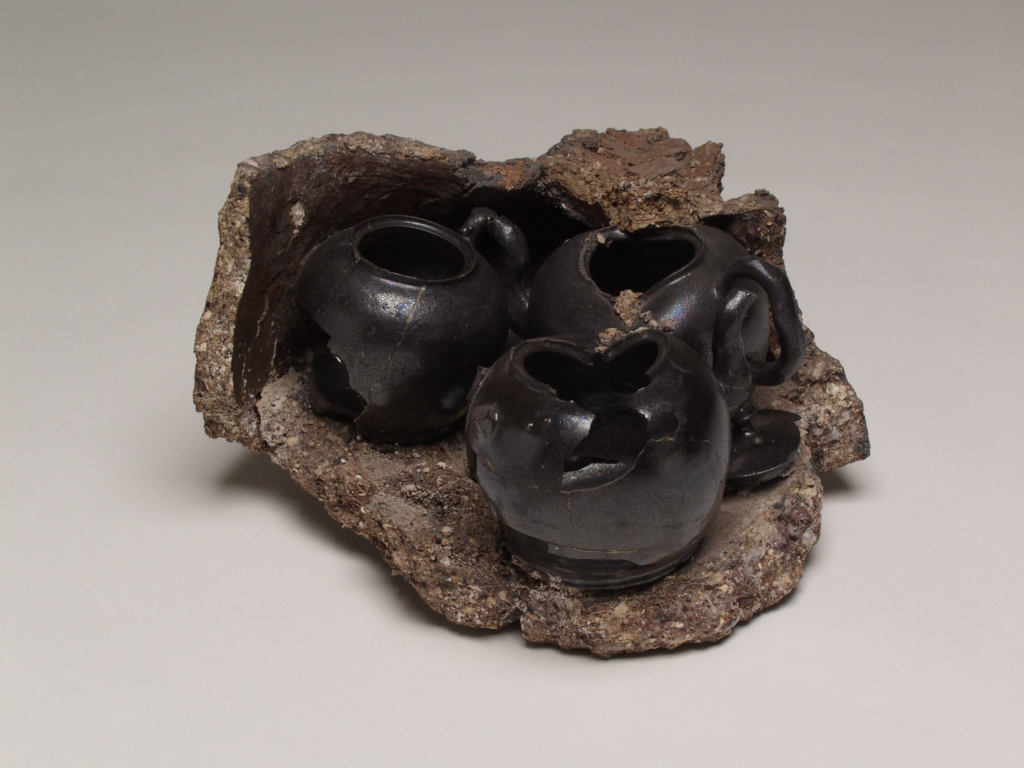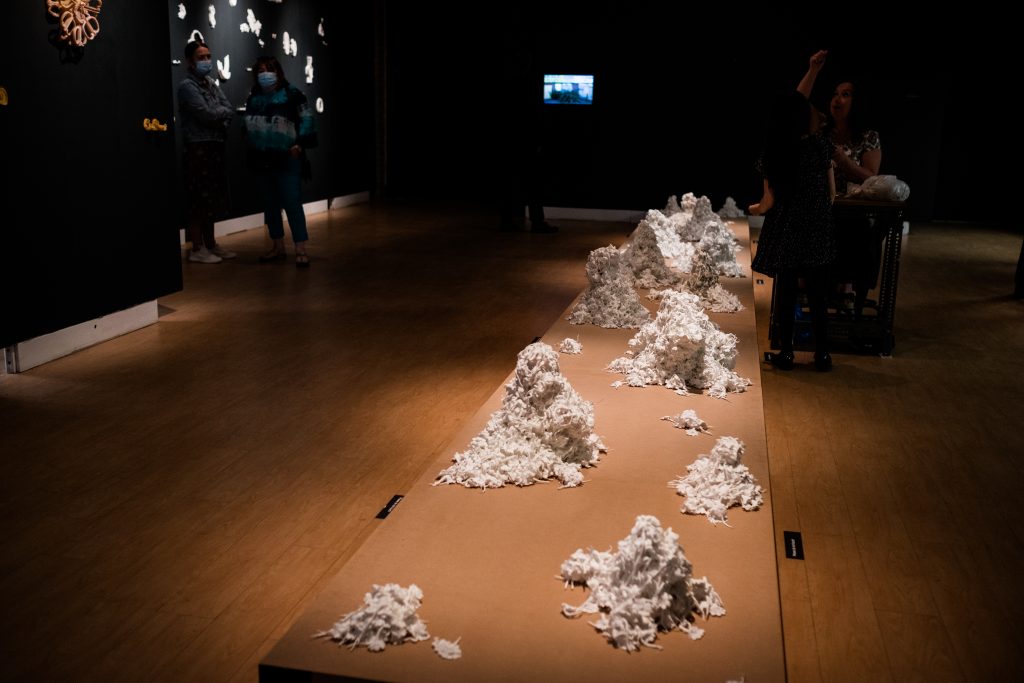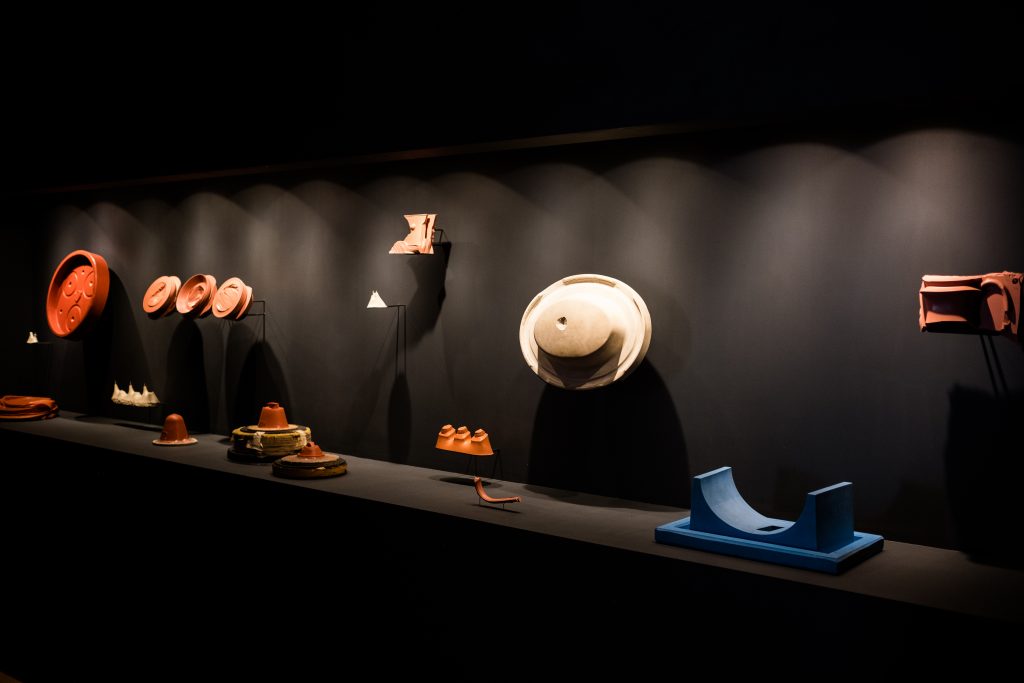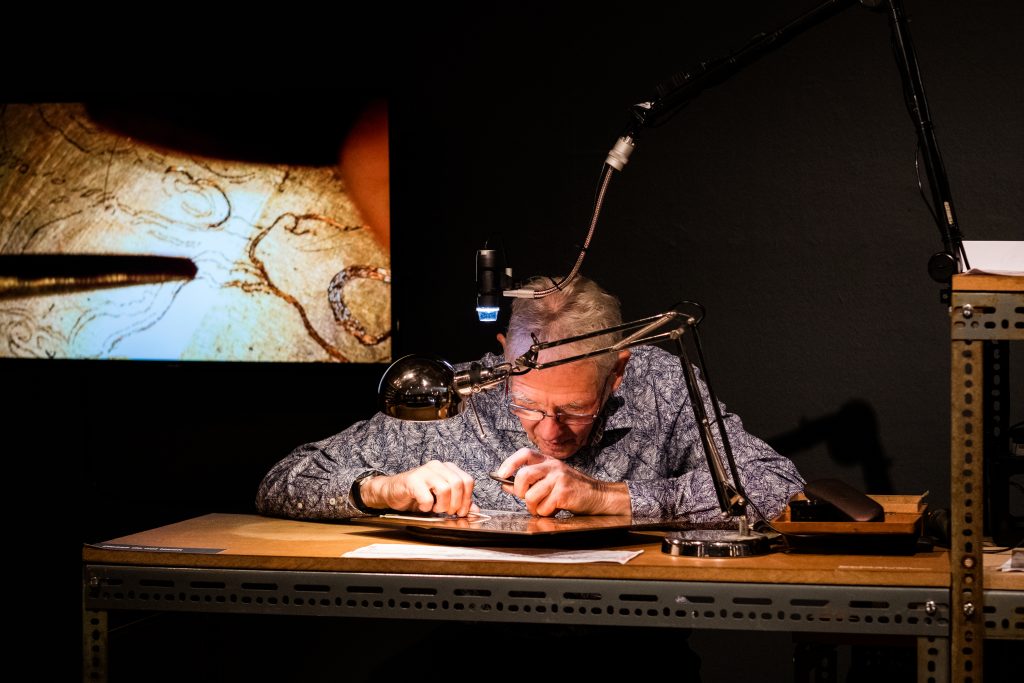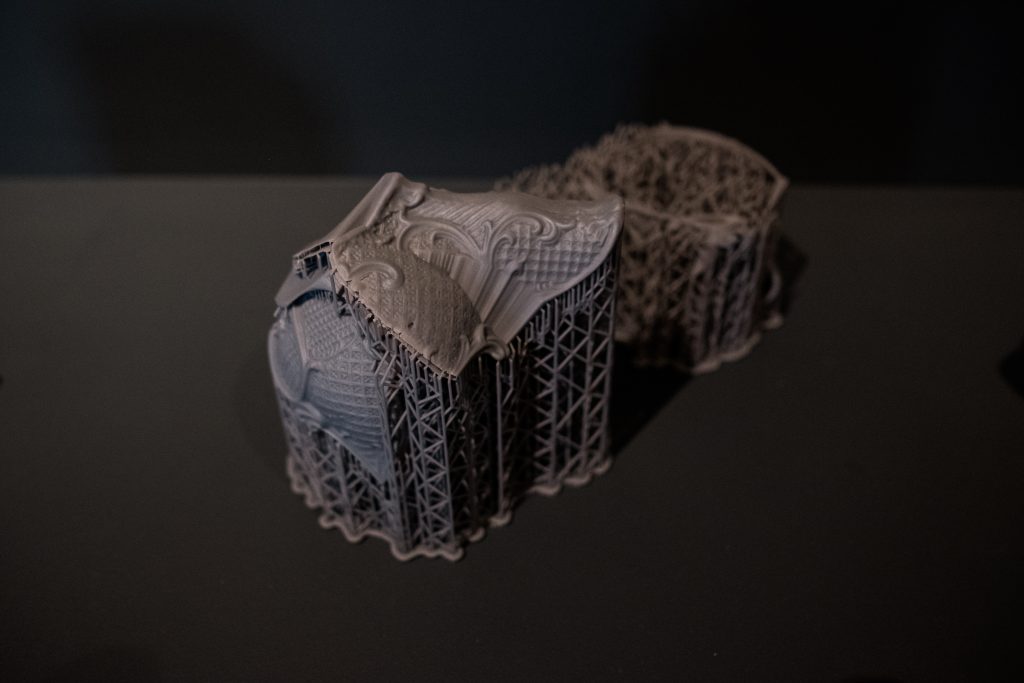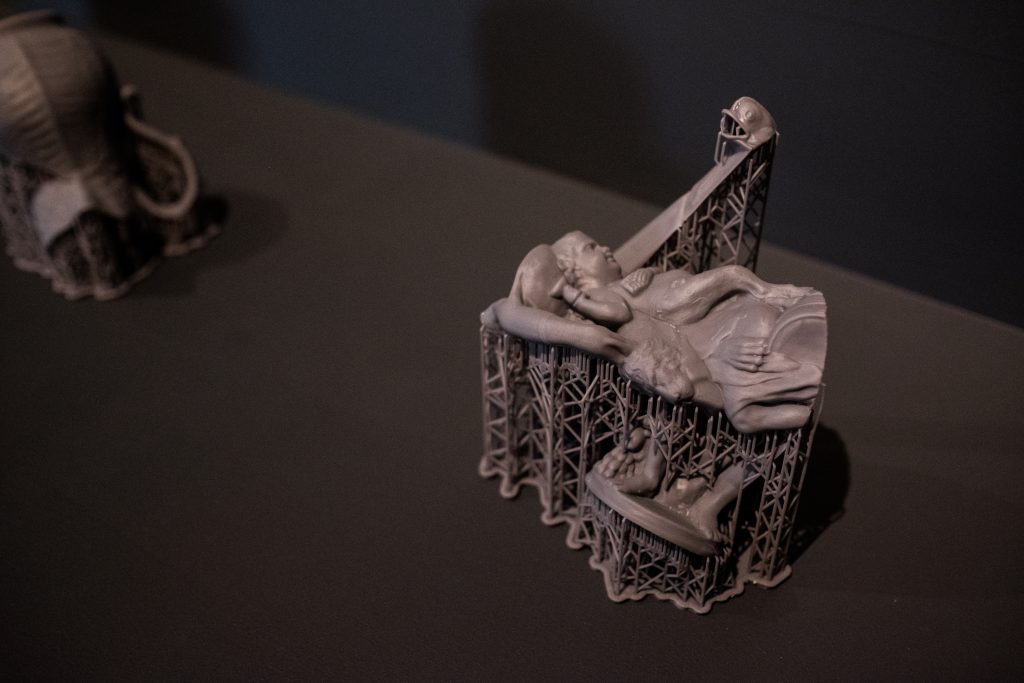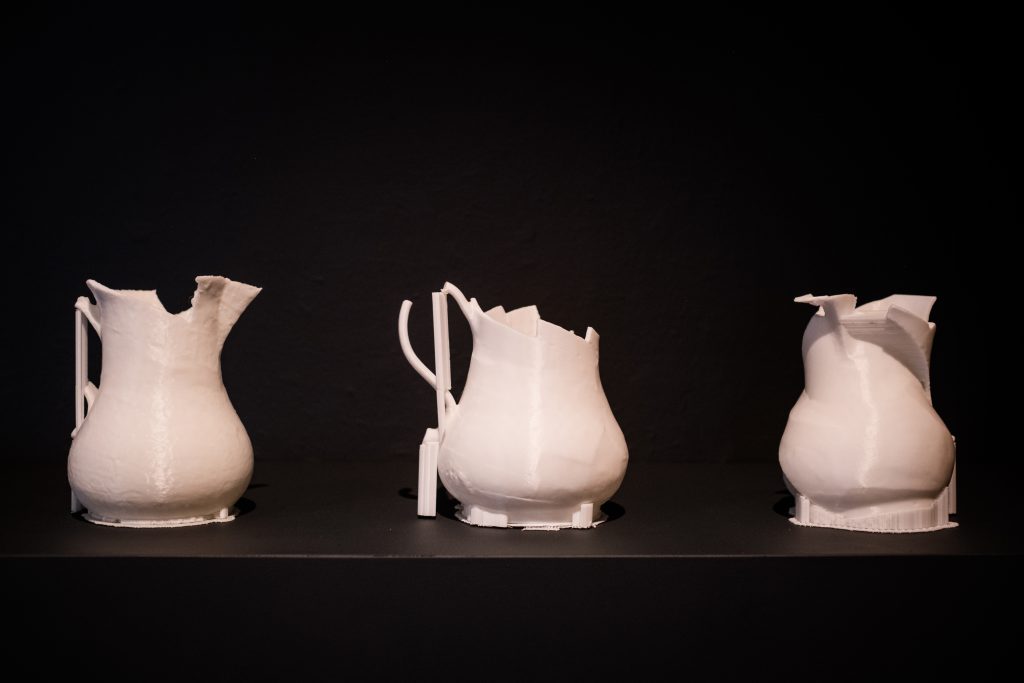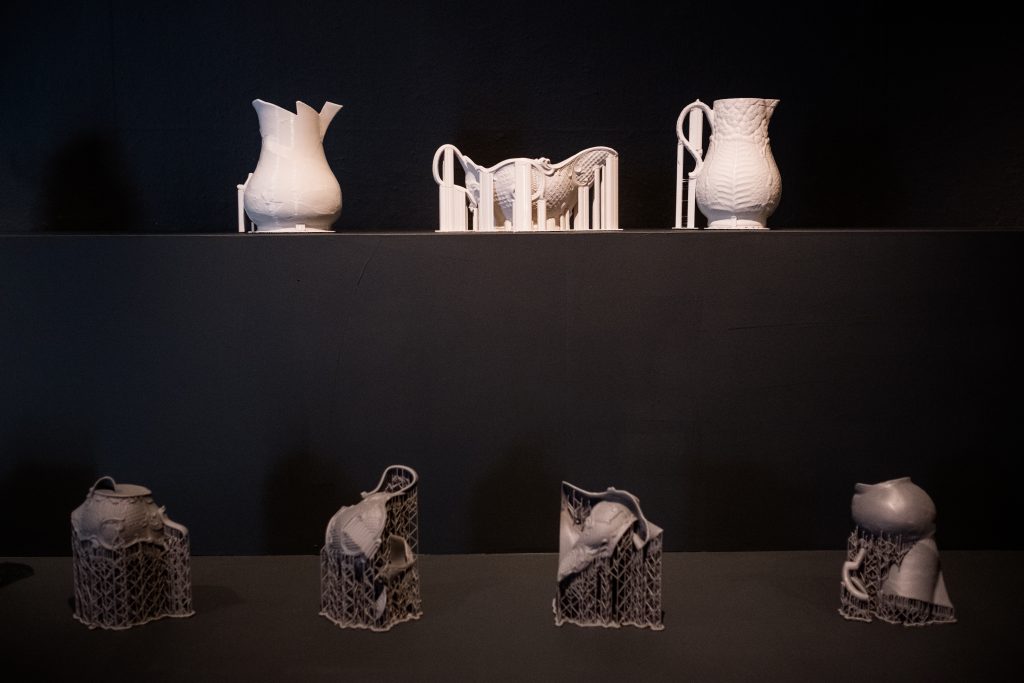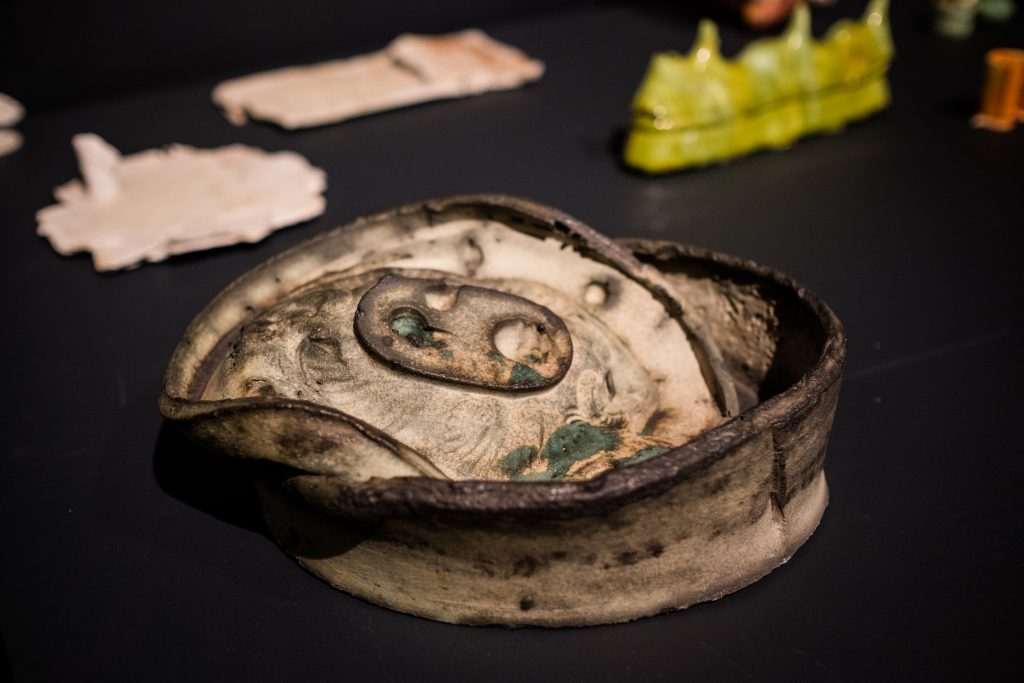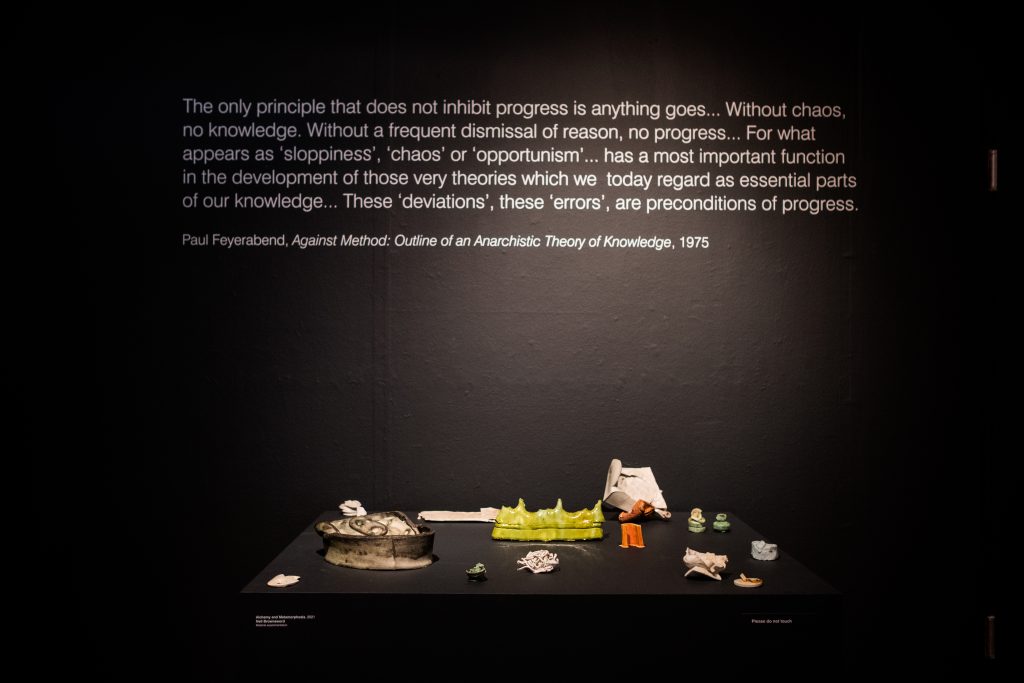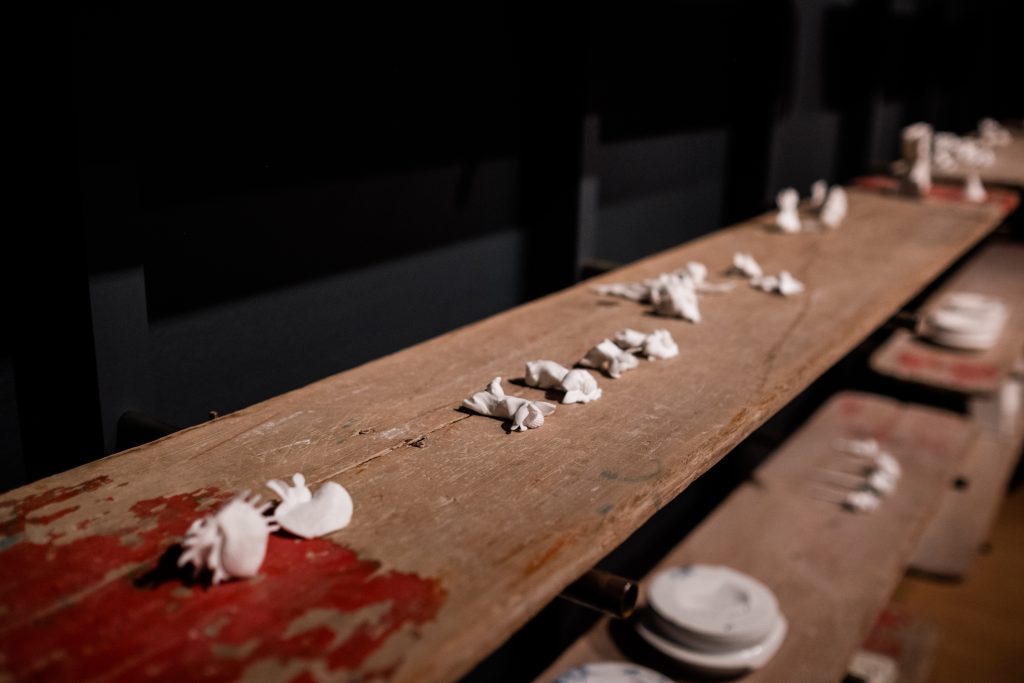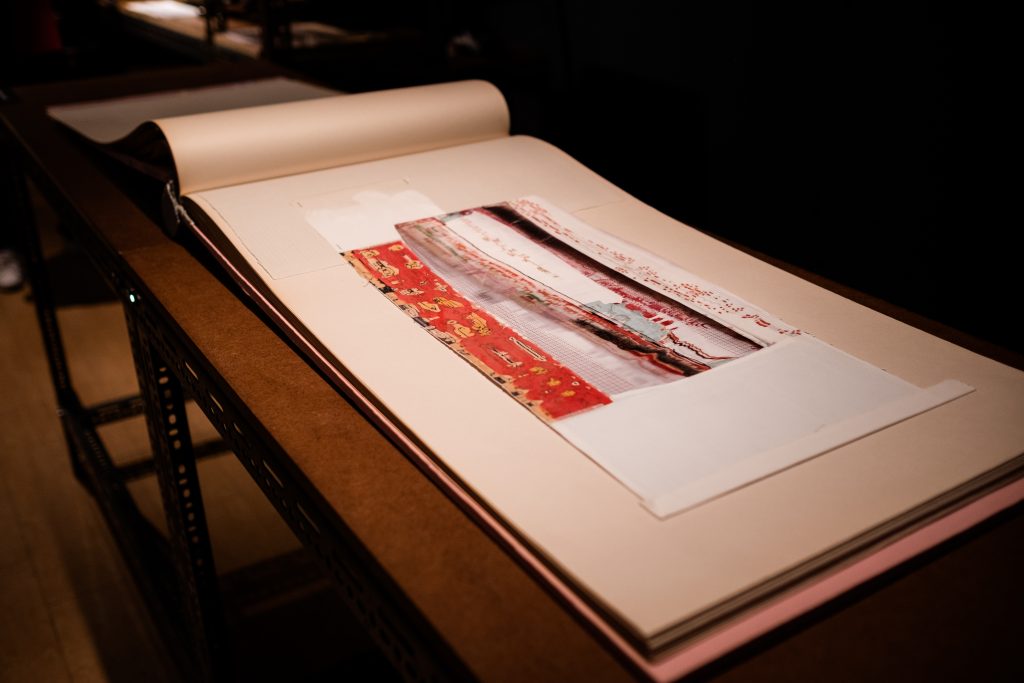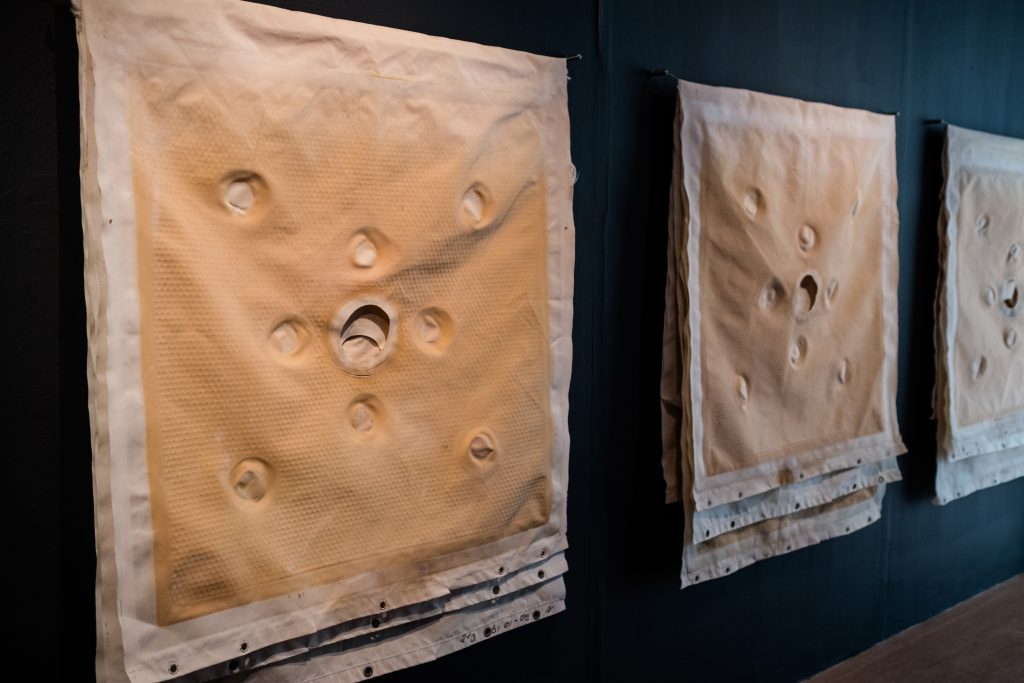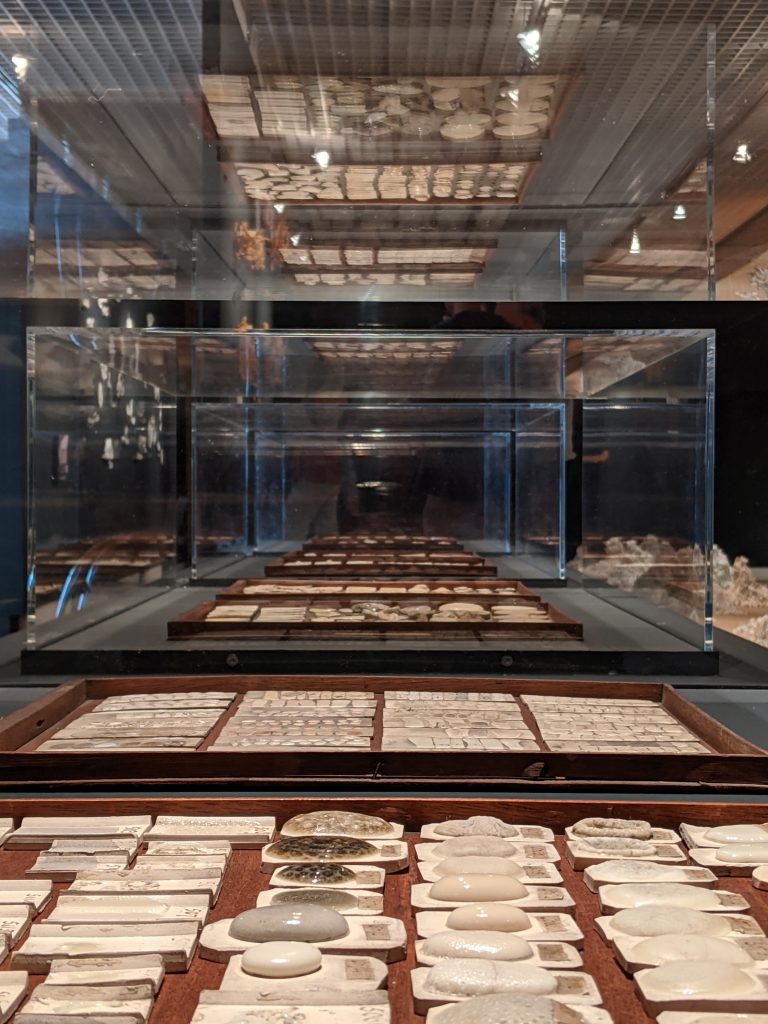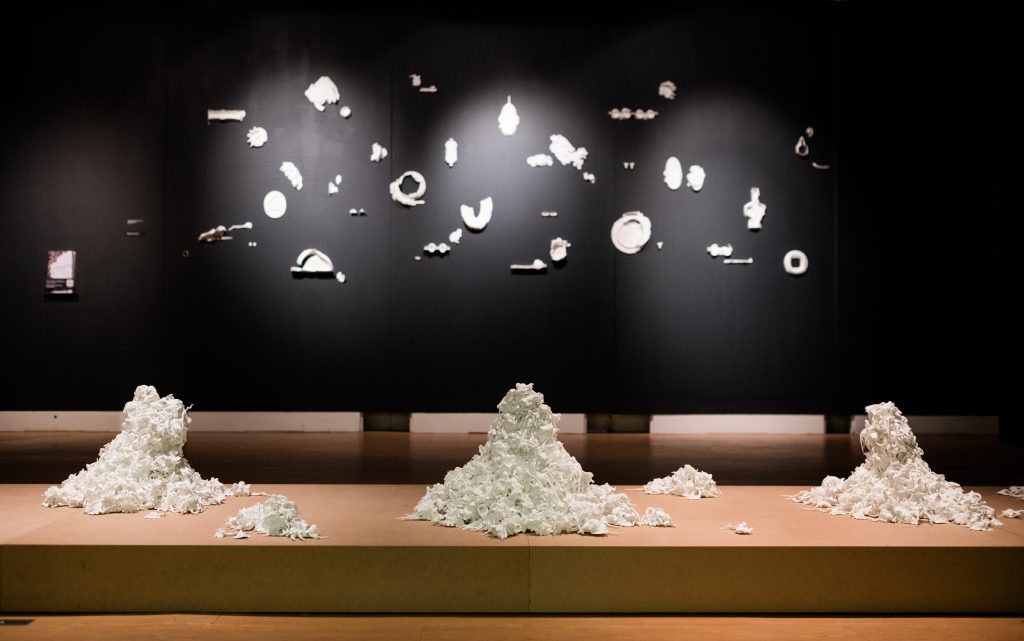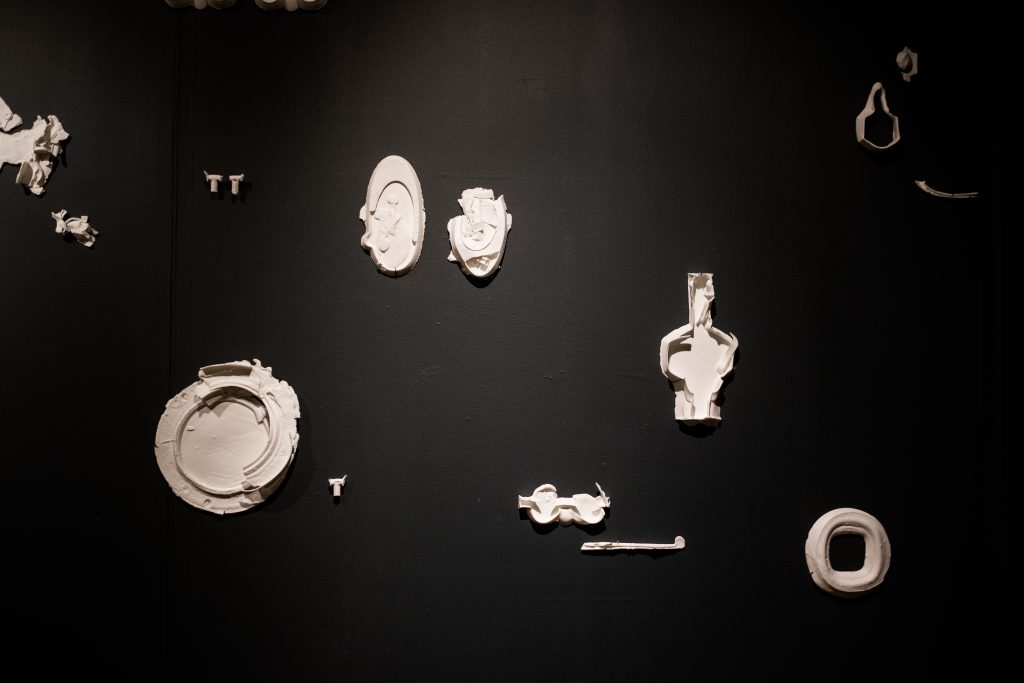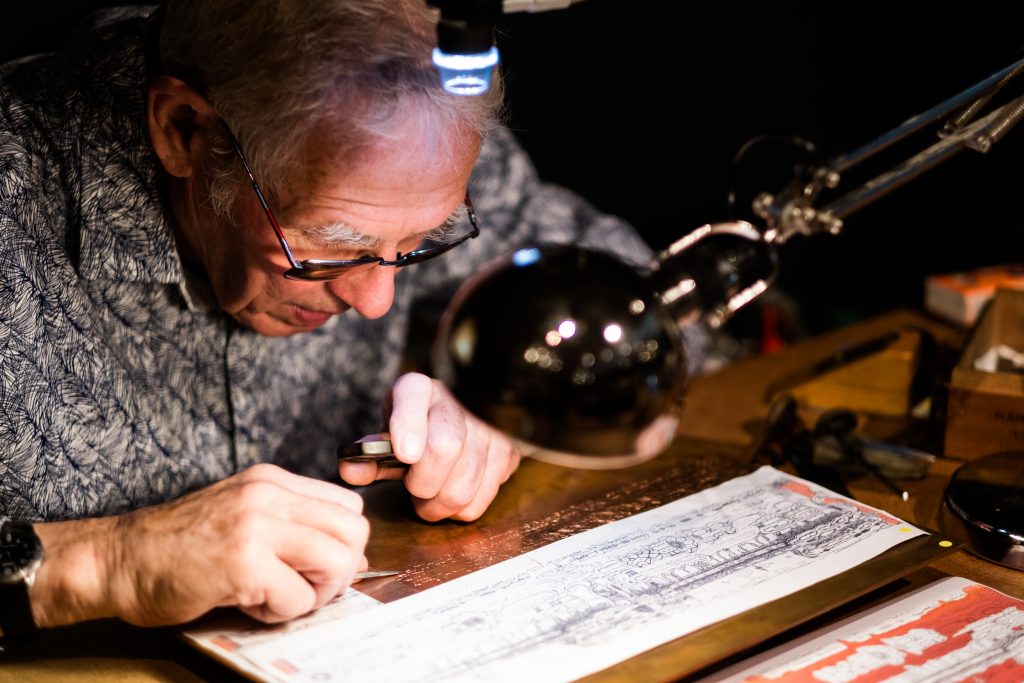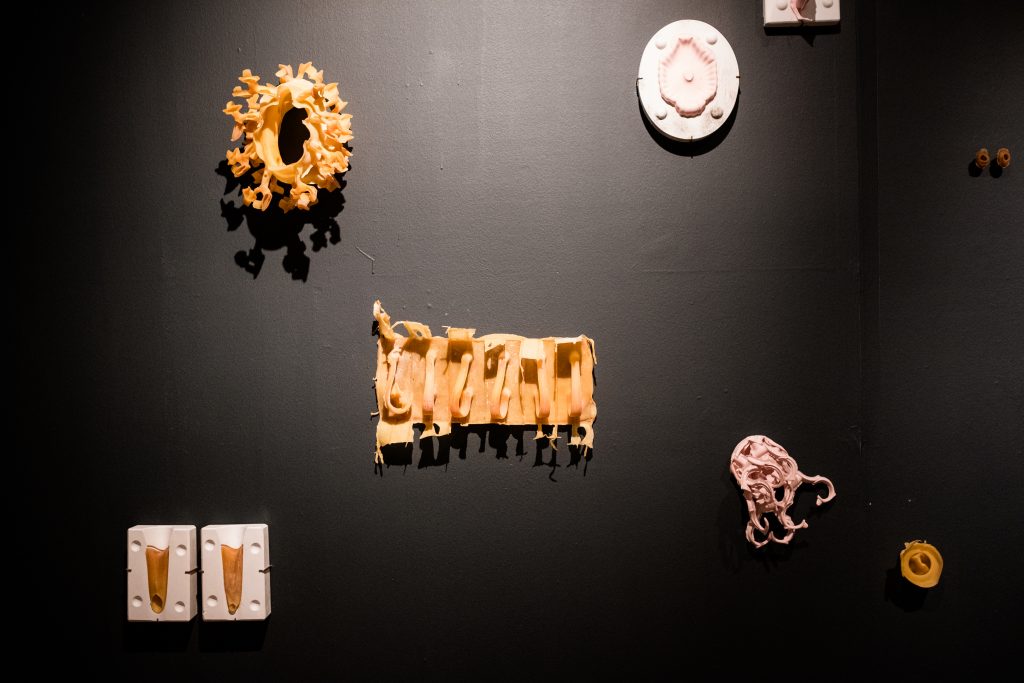Ceramic Cultures, Practices and Debates supports research activities dedicated to the cross-disciplinary study of ceramics and its broader contexts, both within and beyond the university. It supports a range of practice-led approaches, including making and object appropriation, site-specific/site responsive interventions, performance, lens-based media, co-production and social practice, to examine the geological, anthropological, socio-economic and historic/contemporary dimensions of ceramics. CCPD continues to proactively engage international networks and collaborators whose investigations have focused predominantly upon sharing critical insights and new interpretations of North Staffordshire’s ceramic industry and its associated histories.
North Staffordshire by the end of the 18th century, supplied much of the globe with its fine ceramics and led the world in the development of new technologies and innovation. Its concentration of factories producing one commodity has since shaped the distinct regional identity of Stoke-on-Trent, not only physically but also socially and culturally. CCPD aims to deepen understanding of the industry and re-evaluate and critically interrogate this important legacy to inspire creativity and innovation for future cultural benefit.
The research group is led by Dr Neil Brownsword Professor of Ceramics. He has led collaborative projects nationally and internationally, including the international research project Topographies of the Obsolete in collaboration with Bergen Academy of Art and Design. Emerging through two phases (2012-15; 2015-2020) Topographies engaged ninety-seven interdisciplinary artists, scholars, cultural commentators and students from thirteen countries.
For more information contact neil.brownsword@staffs.ac.uk
Current members of this group are
- BROWNSWORD Neil
- McGARVEY, Vicki
- KORENKO, Jan
- FALLOWS, Emma
- Cartwright, Ian (BCB Ceramics)
- Dobson, Colette (Ceramics, Art & Design)
- Millward, Kevin (Clay College, Ceramics)
- O’Rorke, Margaret (cast-light, Ceramics)
- Wood, Clare Wood (BCB, Ceramics)
For more projects, see under publications. A good example of a practice-as-research project, and a digital-heritage collaboration is desribed below:
Alchemy and Metamorphosis: Digital Remediation of Heritage Objects
Neil Brownsword, Jan Korenko
Link to the digitised 3-d models are at
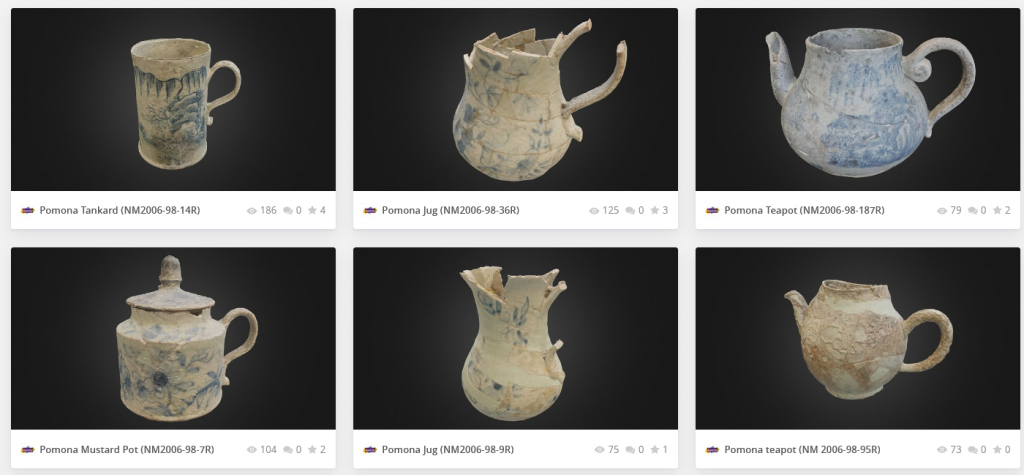
Alchemy and Metamorphosis: Exhibition
Neil Brownsword
Potteries Museum and Art Gallery, Stoke-on-Trent
18 September 2021 – 30 January 2022
Alchemy and Metamorphosis is a significant exhibition commissioned by the Potteries Museum for the 7th British Ceramics Biennial. It explores the creative power of empiricism, characteristic of early ceramic industrialisation in North Staffordshire, through the interrelation of new and existing work and curated artefacts that exemplify regional knowledge and innovation. In collaboration with curators, archaeologists, digital experts and ex-industry artisans Neil Brownsword reimagines this history via a multi-media response that renegotiates technologies, connected geographies, and cross-cultural influences.
Alchemy and Metamorphosis critically responds to North Staffordshire’s early transition into industrialisation, whereby the artistic/technological advances that evolved out of this period of cultural borrowing and assimilation forged a world-renowned ceramic tradition. Objects that exemplify the adoption of new materials and techniques/shifts in fashion/product refinement, were curated from the world-class reserve collections of the Potteries Museum and Art Gallery and the V&A Collection at World of Wedgwood, together with the Brampton and Spode Museum Trust. The material and practical knowledge embodied in these objects was deconstructed and explored through a multi-media digital/analogue approach to emphasise industrialisation’s unsung pioneers, alongside the accomplishments of prominent figures whose ideas of perfection were passed on intergenerationally to define the cultural identity of Stoke-on-Trent. Consultation with experts on early ceramic industrialisation informed the curation of objects that signify step-changes in production technology.
Methodologies adapted from experimental archaeology and reverse engineering were used in conjunction with the activation historic ceramic recipes to connect new audiences to regional geographies where raw minerals were mined, and their ‘performativity’ when combined and transformed through variants of heat. As the epitome of early ‘alchemic empiricism’, Josiah Wedgwood’s glaze and clay body trials from the V&A’s reserve collections were curated in an expansive capacity for the first time. The elucidation of the material knowledge and know-how embodied in such objects is often downplayed to favour connoisseurly interpretations that conform to art historical scholarship. Yet, these objects offer incredible insights into the complexities of labour fundamental to technical progress. Their interpretative potential was reassessed, to expand cultural interest in ceramics/materiality/making. Tests deemed ‘unsuccessful’ due to their molten instability, were traced to Wedgwood’s encrypted recipe books, and their ingredients deciphered and re-activated via analogue moulding and 3D-digital manufacture. A senior generation of industrial artisans were hired to apply their time-served skills to these unstable clay bodies during live events during the exhibition. As a result of chemical imbalance/excessive heat, outputs will embrace unpredictable variation as an alternative to notions of standardisation/perfection governed by historical mass-production. A further artisan re-animated the skills embodied within early copperplate printed ceramics, using traditional imagery remediated through scanning technologies.
Collaborative strategies with independent experts/cultural organisations have resulted in the creative reuse of historic assets in new ways through both digital remediation and processes appropriated from experimental archaeology. Reconstructions/subversions of early industrial procedures have initiated new methods of making and material research that explore the ‘performativity’ of raw minerals and their geological sites of origin. Alchemy and Metamorphosis has developed new responses to North Staffordshire’s tangible and intangible ceramic heritage, demonstrating how re-imaginings of the past can be used to valorise the transmission of traditional practices for the future.
The project involves partnerships with:
Staffordshire University, British Ceramics Biennial, Whitegold, V&A Collection at World of Wedgwood, Spode Museum Trust, and Brampton Museum, Wheal Martyn Clay Works, and is supported by Arts Council England.
A free publication is available for download here which elucidates Brownsword’s work and the historic contexts that underpin it. (PDF)
Research exploring digital metamorphosis of early Staffordshire Ceramics
Images of the Exhibition Alchemy and Metamorphosis
(Images: Jenny Harper and BCB)

